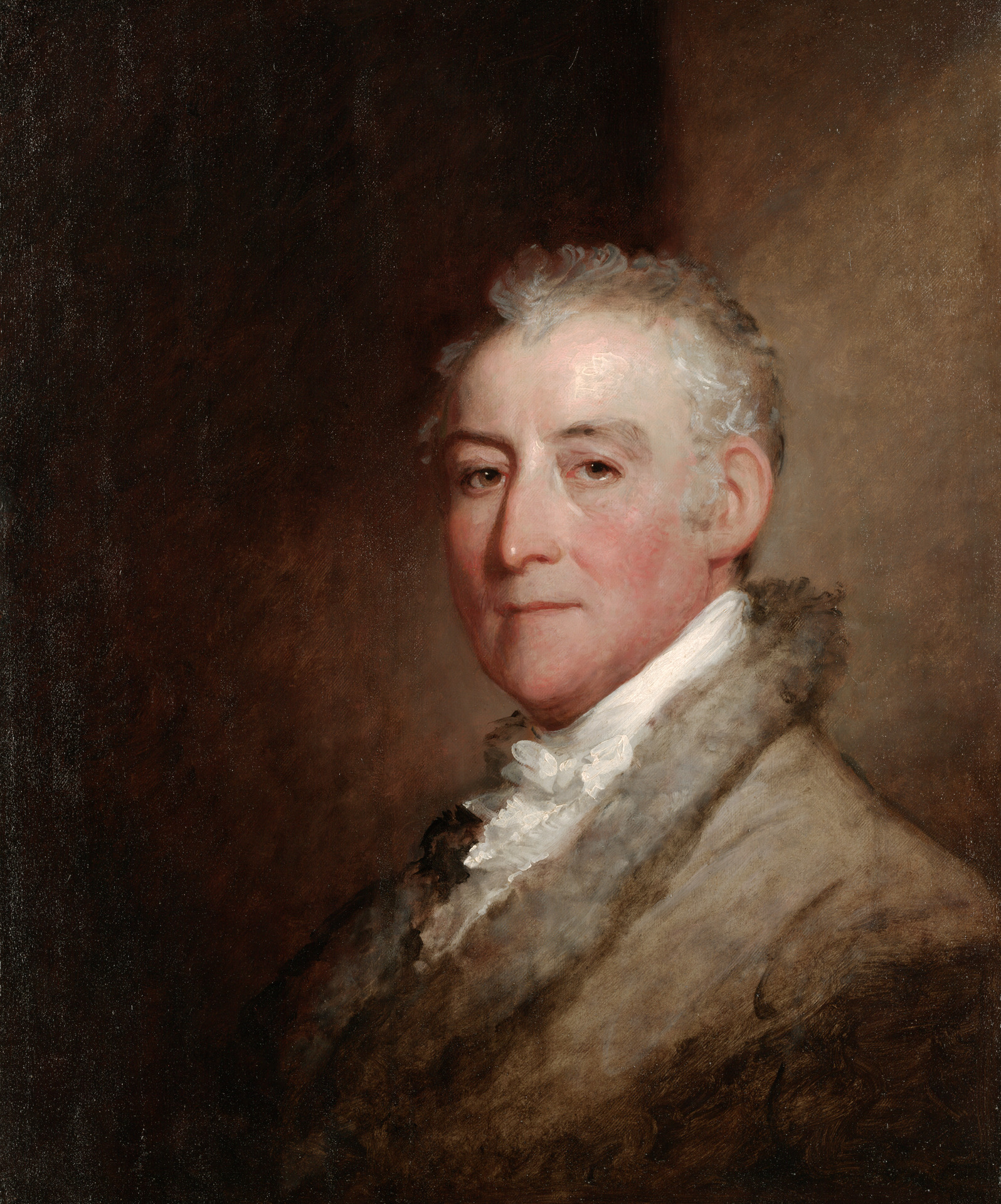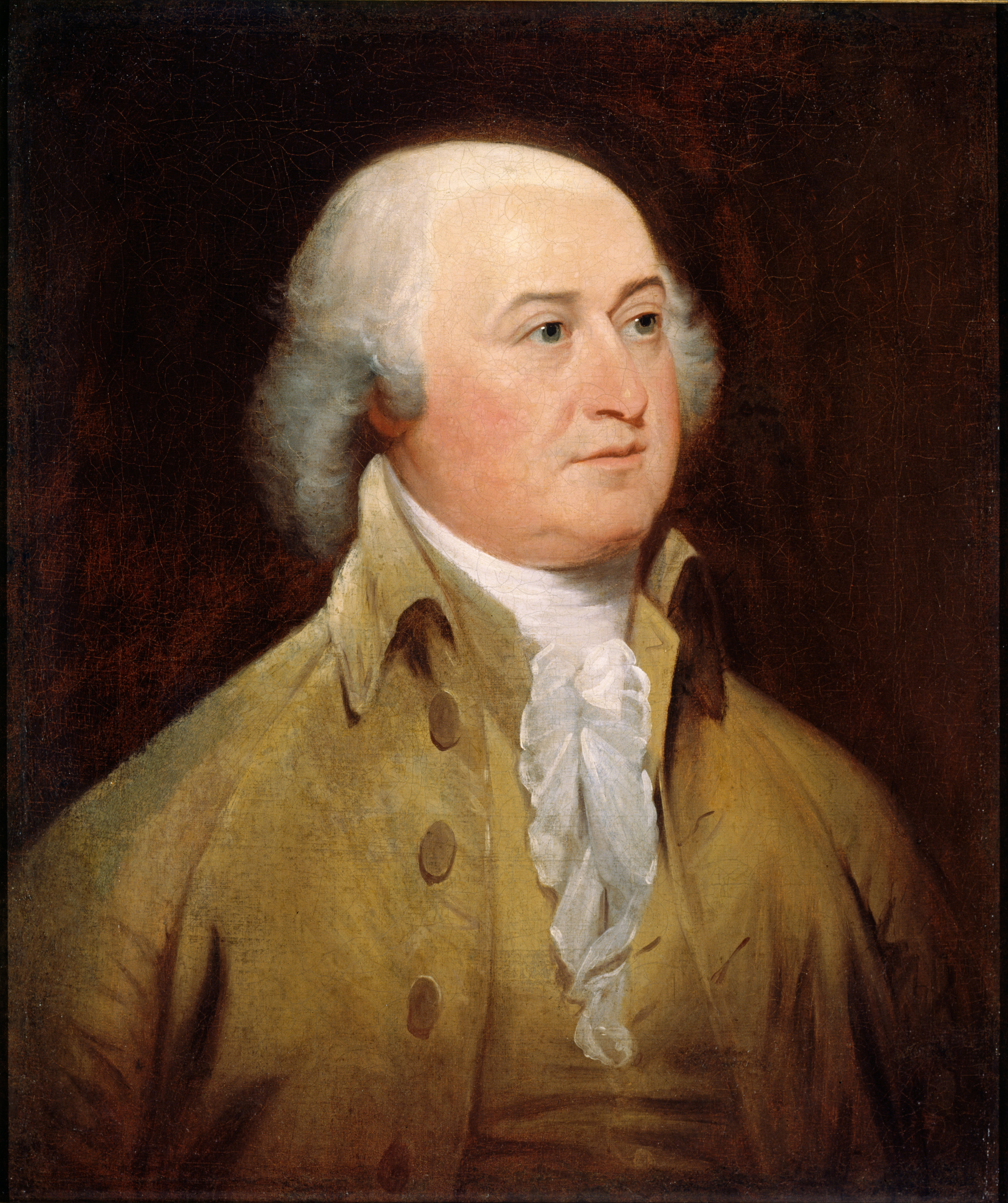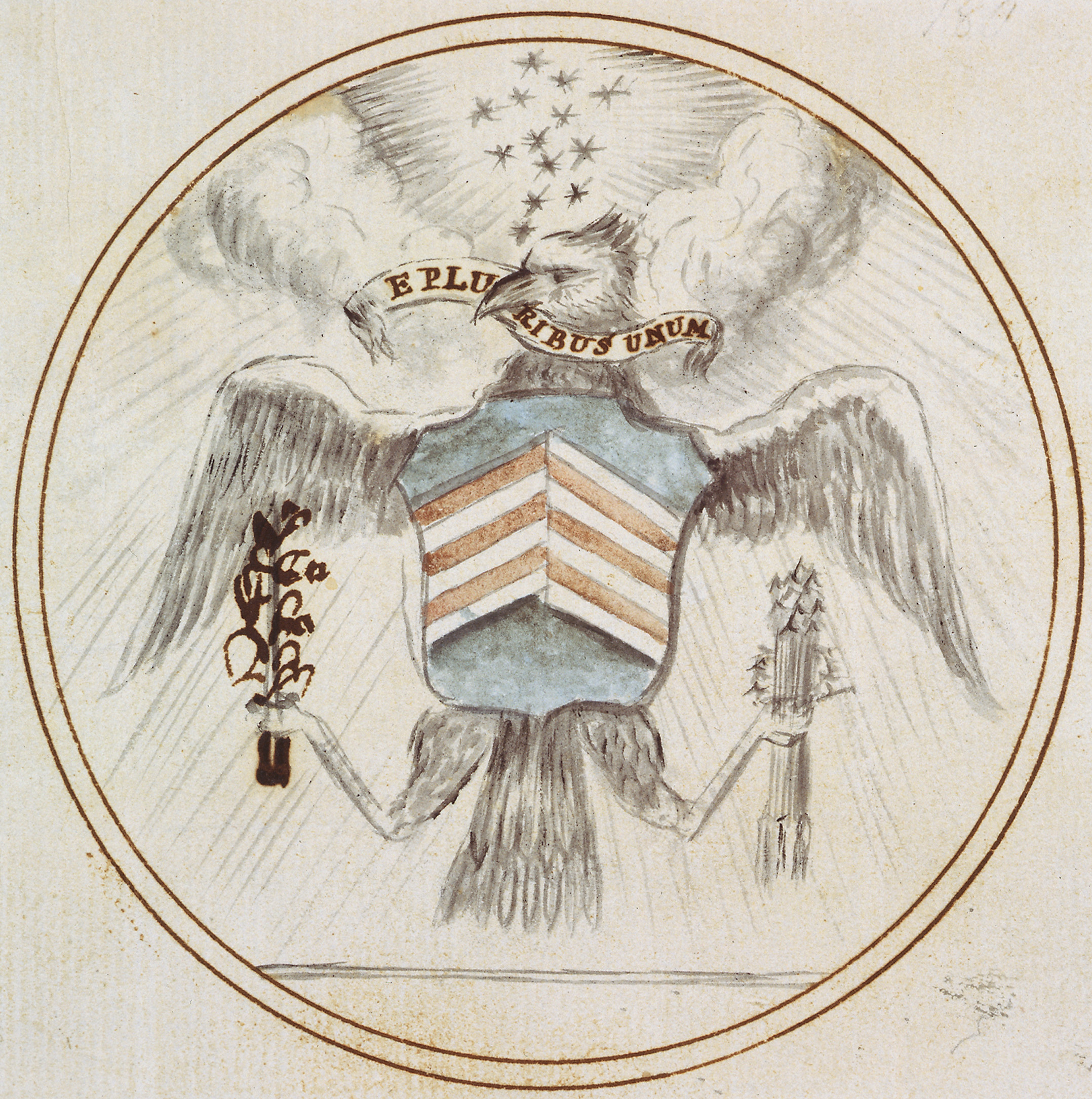|
General George Washington Resigning His Commission
''General George Washington Resigning His Commission'' is a large-scale oil painting by American artist John Trumbull of General George Washington resigning his commission as commander-in-chief of the Continental Army on December 23, 1783 to the Congress of the Confederation, then meeting in the Maryland State House at Annapolis, Maryland. The painting was commissioned in 1817, started in 1822, finished in 1824, and is now on view in the United States Capitol rotunda in Washington, D.C., along with three other large-scale paintings by Trumbull about the American Revolutionary War. Trumbull considered George Washington's resignation as commander-in-chief to be "one of the highest moral lessons ever given to the world". Commission Congress commissioned Trumbull on January 27, 1817 to paint four Revolutionary War scenes to be displayed in the rotunda of the Capitol, including what would become the popular ''Declaration of Independence'', and allocated $32,000 for the work. Trumbul ... [...More Info...] [...Related Items...] OR: [Wikipedia] [Google] [Baidu] |
John Trumbull
John Trumbull (June 6, 1756November 10, 1843) was an American artist of the early independence period, notable for his historical paintings of the American Revolutionary War, of which he was a veteran. He has been called the "Painter of the Revolution". Trumbull's ''Declaration of Independence (Trumbull), Declaration of Independence'' (1817), one of his four paintings that hang in the United States Capitol rotunda, is used on the reverse of the current United States two-dollar bill. Early life Trumbull was born in Lebanon, Connecticut, in 1756, to Jonathan Trumbull and Faith (née Robinson) Trumbull. His father served as governor of Connecticut from 1769 to 1784. Both sides of his family were descended from early Puritan settlers in the state. He had two older brothers, Joseph Trumbull (commissary general), Joseph Trumbull, the first commissary general of the Continental Army in the Revolutionary War, and Jonathan Trumbull Jr., who became the second Speaker of the House of the ... [...More Info...] [...Related Items...] OR: [Wikipedia] [Google] [Baidu] |
Surrender Of Lord Cornwallis
The ''Surrender of Lord Cornwallis'' is an oil painting by John Trumbull. The painting was completed in 1820, and hangs in the rotunda of the United States Capitol in Washington, D.C. The painting depicts the surrender of British Lieutenant General Charles, Earl Cornwallis at Yorktown, Virginia, on October 19, 1781, ending the siege of Yorktown, and virtually guaranteeing American independence. Included in the depiction are many leaders of the American troops that took part in the siege. Commission Artist John Trumbull (1756–1843) spent the early part of the American Revolutionary War as a soldier, serving as an aide to both George Washington and Horatio Gates. After resigning from the army in 1777, he pursued a career as an artist. In 1785 he began sketching out ideas for a series of large-scale paintings to commemorate the major events of the American Revolution.Architect of the Capitol. After spending a time in England, he returned to New York City in 1789, where he sk ... [...More Info...] [...Related Items...] OR: [Wikipedia] [Google] [Baidu] |
Elbridge Gerry
Elbridge Gerry (; July 17, 1744 – November 23, 1814) was an American Founding Father, merchant, politician, and diplomat who served as the fifth vice president of the United States under President James Madison from 1813 until his death in 1814. The political practice of gerrymandering is named after him. He was the second vice president to die in office. Born into a wealthy merchant family, Gerry vocally opposed British colonial policy in the 1760s and was active in the early stages of organizing the resistance in the American Revolutionary War. Elected to the Second Continental Congress, Gerry signed both the Declaration of Independence and Articles of Confederation. He was one of three men who attended the Constitutional Convention in 1787 who refused to sign the United States Constitution because it did not include a Bill of Rights at the time it was signed. After its ratification, he was elected to the inaugural United States Congress, where he was actively involved ... [...More Info...] [...Related Items...] OR: [Wikipedia] [Google] [Baidu] |
National Archives And Records Administration
The National Archives and Records Administration (NARA) is an " independent federal agency of the United States government within the executive branch", charged with the preservation and documentation of government and historical records. It is also tasked with increasing public access to those documents which make up the National Archive. NARA is officially responsible for maintaining and publishing the legally authentic and authoritative copies of acts of Congress, presidential directives, and federal regulations. NARA also transmits votes of the Electoral College to Congress. It also examines Electoral College and Constitutional amendment ratification documents for prima facie legal sufficiency and an authenticating signature. The National Archives, and its publicly exhibited Charters of Freedom, which include the original United States Declaration of Independence, United States Constitution, United States Bill of Rights, and many other historical documents, is headquarte ... [...More Info...] [...Related Items...] OR: [Wikipedia] [Google] [Baidu] |
Artistic License
Artistic license (alongside more contextually-specific derivative terms such as poetic license, historical license, dramatic license, and narrative license) refers to deviation from fact or form for artistic purposes. It can include the alteration of grammar or language, or the rewording of pre-existing text. History The artistic license may also refer to the ability of an artist to apply smaller distortions, such as a poet ignoring some of the minor requirements of grammar for poetic effect. For example, Mark Antony's "Friends, Romans, Countrymen, lend me your ears" from Shakespeare's ''Julius Caesar'' would technically require the word "and" before "countrymen", but the conjunction "and" is omitted to preserve the rhythm of iambic pentameter (the resulting conjunction is called an asyndetic tricolon). Conversely, on the next line, the end of "I come to bury Caesar, not to praise him" has an extra syllable because omitting the word "him" would make the sentence unclear, but ad ... [...More Info...] [...Related Items...] OR: [Wikipedia] [Google] [Baidu] |
James Monroe
James Monroe ( ; April 28, 1758July 4, 1831) was an American statesman, lawyer, diplomat, and Founding Father who served as the fifth president of the United States from 1817 to 1825. A member of the Democratic-Republican Party, Monroe was the last president of the Virginia dynasty and the Republican Generation; his presidency coincided with the Era of Good Feelings, concluding the First Party System era of American politics. He is perhaps best known for issuing the Monroe Doctrine, a policy of opposing European colonialism in the Americas while effectively asserting U.S. dominance, empire, and hegemony in the hemisphere. He also served as governor of Virginia, a member of the United States Senate, U.S. ambassador to France and Britain, the seventh Secretary of State, and the eighth Secretary of War. Born into a slave-owning planter family in Westmoreland County, Virginia, Monroe served in the Continental Army during the American Revolutionary War. After studying law u ... [...More Info...] [...Related Items...] OR: [Wikipedia] [Google] [Baidu] |
Thomas Jefferson
Thomas Jefferson (April 13, 1743 – July 4, 1826) was an American statesman, diplomat, lawyer, architect, philosopher, and Founding Fathers of the United States, Founding Father who served as the third president of the United States from 1801 to 1809. He was previously the nation's second vice president of the United States, vice president under John Adams and the first United States Secretary of State, United States secretary of state under George Washington. The principal author of the United States Declaration of Independence, Declaration of Independence, Jefferson was a proponent of democracy, republicanism, and individual rights, motivating Thirteen Colonies, American colonists to break from the Kingdom of Great Britain and form a new nation. He produced formative documents and decisions at state, national, and international levels. During the American Revolution, Jefferson represented Virginia in the Continental Congress that adopted the Declaration of Independence. As ... [...More Info...] [...Related Items...] OR: [Wikipedia] [Google] [Baidu] |
Maryland State Archives
The Maryland State Archives serves as the central depository for government records of permanent value. Its holdings date from Maryland's founding in 1634, and include colonial and state executive, legislative, and judicial records; county probate, land, and court records; church records; business records; state publications and reports; and special collections of private papers, maps, photographs, and newspapers. These records are kept in a humidity and temperature controlled environment and any necessary preservation measures are conducted in the Archives' conservation laboratory. The Hall of Records, predecessor of the Maryland State Archives, was created as an independent agency in 1935, charged with the collection, custody, and preservation of the official records, documents, and publications of the state (Chapter 18, Acts of 1935). Impetus for its development can be traced to the state's tercentenary celebrations of 1934. The Maryland Tercentenary Commission made a modern, ... [...More Info...] [...Related Items...] OR: [Wikipedia] [Google] [Baidu] |
Martha Washington
Martha Dandridge Custis Washington (June 21, 1731 — May 22, 1802) was the wife of George Washington, the first president of the United States. Although the title was not coined until after her death, Martha Washington served as the inaugural first lady of the United States. During her lifetime, she was often referred to as "Lady Washington". Martha Dandridge first married Daniel Parke Custis. They had four children, two of whom survived to young adulthood. Daniel's death made Martha a widow at age 26. She brought her vast wealth to her marriage to Washington, which enabled him to buy land to add to his personal estate. She also brought with her 84 dower slaves from Daniel Custis' estate for use during her lifetime. They and their descendants reverted to Custis' estate at her death and were inherited by his heirs. The Washingtons did not have children together, but they did rear her two surviving children, John and Martha. They also helped both of their extended families. Fam ... [...More Info...] [...Related Items...] OR: [Wikipedia] [Google] [Baidu] |
Charles Thomson
Charles Thomson (November 29, 1729 – August 16, 1824) was an Irish-born Patriot leader in Philadelphia during the American Revolution and the secretary of the Continental Congress (1774–1789) throughout its existence. As secretary, Thomson, a Founding Father of the United States, prepared the Journals of the Continental Congress, and his and John Hancock's names were the only two to appear on the first printing of the United States Declaration of Independence. Thomson is also known for co-designing the Great Seal of the United States and adding its Latin mottoes ''Annuit cœptis'' and ''Novus ordo seclorum'', and for his translation of the Bible's Old Testament. Early life Thomson was born in Maghera, County Londonderry, Ireland, to Scots-Irish migrants, Mr. and Mrs. John Thomson. After the death of his wife in 1739, John Thomson migrated to the British colonies in North America with his sons (three or four brothers, including Charles). John Thomson died at sea, hi ... [...More Info...] [...Related Items...] OR: [Wikipedia] [Google] [Baidu] |
Thomas Mifflin
Thomas Mifflin (January 10, 1744January 20, 1800) was an American merchant, soldier, and politician from Pennsylvania, who is regarded as a Founding Father of the United States for his roles during and after the American Revolution. Mifflin was the first governor of Pennsylvania, serving from 1790 to 1799 and was also the state's last president, succeeding Benjamin Franklin in 1788. Born in Philadelphia, Mifflin became a merchant following his graduation from the College of Philadelphia. After serving in the Pennsylvania Provincial Assembly and the First Continental Congress, where he signed the Continental Association, he joined the Continental Army in 1775. During the Revolutionary War, Mifflin was an aide to General George Washington and was appointed the army's Quartermaster General, rising to the rank of major general. He returned to Congress in 1782 and was elected president of the Congress the following year. He served as speaker of the Pennsylvania House of Represent ... [...More Info...] [...Related Items...] OR: [Wikipedia] [Google] [Baidu] |
President Of The Continental Congress
The president of the United States in Congress Assembled, known unofficially as the president of the Continental Congress and later as the president of the Congress of the Confederation, was the presiding officer of the Continental Congress, the convention of delegates that emerged as the first ( transitional) national government of the United States during the American Revolution. The president was a member of Congress elected by the other delegates to serve as a neutral discussion moderator during meetings of Congress. Designed to be a largely ceremonial position without much influence, the office was unrelated to the later office of President of the United States., p. 1. Upon the ratification of the Articles of Confederation and Perpetual Union (the new nation's first constitution) in March 1781, the Continental Congress became the Congress of the Confederation. The membership of the Second Continental Congress carried over without interruption to the First Congress of the Con ... [...More Info...] [...Related Items...] OR: [Wikipedia] [Google] [Baidu] |








